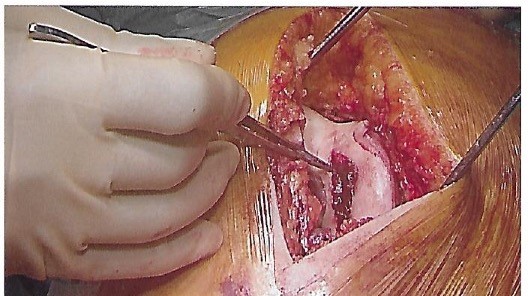Stem Cell Therapy
Professor Prakash provides Stem Cell Therapy in Birmingham
Stem Cell Therapy in Birmingham
Prof Prakash specialises predominantly in management of knee and hip joint problems especially for young adults (age 20-65). He places great emphasis on joint preservation. He routinely performs procedures related to sports injuries and arthritis and one of his key focuses is on Stem Cell Therapy.
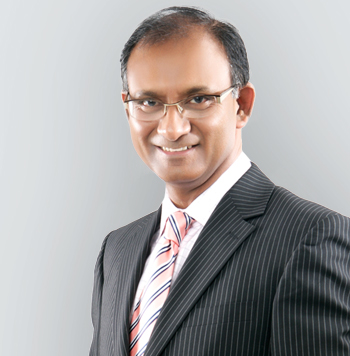
Stem Cells
Stem cells are cells within the body which have the ability to divide and become different structures such as cartilage, bone and other structures. Stem cells are also referred to as Mesenchymal Stem Cells (MSC). The MSCs can be found in various parts of the body including bone marrow, fat and peripheral blood. When stem cells are placed in a specific environment, they can give rise to cells that are similar to the host tissue. For example, if implanted in bone, they will stimulate the creation of bone cells. These cells can potentially help repair and regenerate tissues such as cartilage and bone effectively.
The stem cells can be used in a variety of different situations to help in the repair and regeneration of damaged tissues and structures. In joint preservation these cells are used to help encourage the regeneration of cartilage, the damage of which leads to arthritis. The results are promising but still in their early stage.
Tissue engineering procedures are still at an experimental stage. Most tissue engineering is performed at research centres as part of clinical trials.
Prof Prakash uses the stem cells from bone marrow concentrate. The bone marrow is rich in stem cells, and other cells, too. The cells are harvested autologously (directly from the patient) from bone marrow in the operating theatre at the same time as the surgical procedure. As the cells are derived directly from the patients, there is no additional risk of disease transmission, rejection or ethical controversy that might exist when using cells from an unrelated donor. The harvested cells, alongside a suitable scaffold, is secured surgically to the area of damage in the joint.
Stem cell treatment is a relatively new procedure. However, it has created much interest worldwide and extensive research has been taking place in this field. Animal and human studies have been published which suggests a favourable response to stem cell treatment not only in knees, but also in some other joints. Prof Prakash routinely collects data from his patients who have undergone surgical treatment under his care; assessment questionnaires are periodically sent to those who have undergone the treatment. This is an invaluable source of information that helps him monitor his patients, publish in literature, and train others who are interested in the techniques.
Further read: https://www.aaos.org/aaosnow/2023/nov/biologics/biologics06/
Case 1
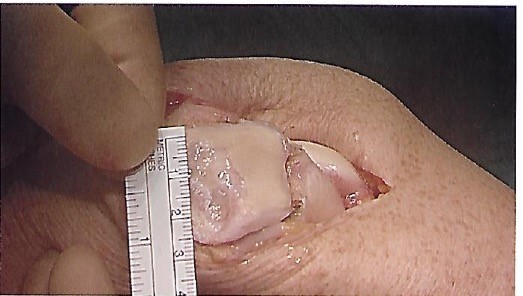
Damage in Kneecap being measured
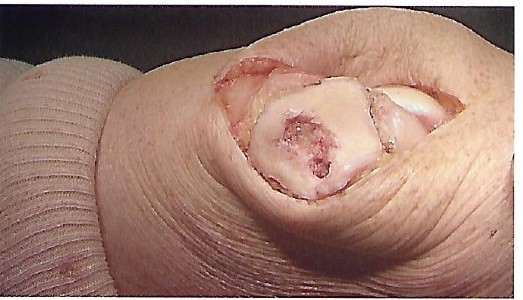
The damaged area after preparation
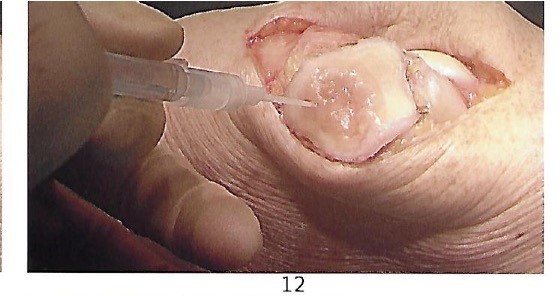
Stem cells being injected under the scaffold patch
Case 2
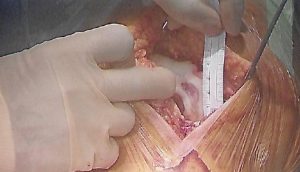
Area of damage in femur being measured
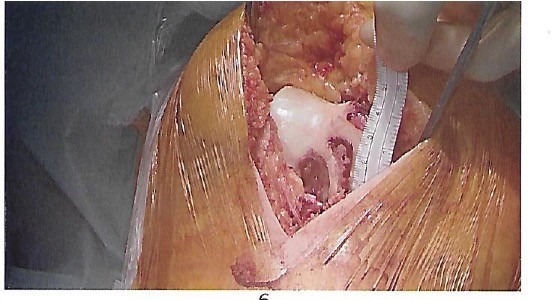
Area of damage after preparation
